They. Are. Coming.
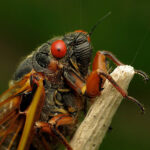
Something so sinister, it will give you nightmares. Perennials and tulip bulbs will not be the only thing emerging from the ground this spring! I am talking about “Brood X” Cicadas. They are really not that scary, but their name makes them sound like something out of a horror movie.
The Brood X Cicada is a periodical Cicada. This fascinating insect spends nearly it’s entire life underground feeding on nutrients from the host tree’s roots. Once the soil warms up to 64 degrees - coming soon! - they will begin to surface from beneath the trees where their eggs were laid. Seventeen years ago, in 2004. There are different kinds of Cicada with different maturation cycles but just one that takes this long, and it is only found in the Eastern United States. The reason there are so many all at once (Millions! Billions?) is probably an adaptation to foil predators – there are simply too many to all be eaten.

You may see their exoskeletons on the side of your house or on the trees, left behind as the winged adult molts. There are annual Cicada that emerge every year in much lower numbers, and the low-pitched buzzing they make is a sound of summer. But if you think the yearly Cicada is loud, wait until this year! In Michigan, Hillsdale and Washtenaw Counties saw the largest population so we are in prime position to witness this phenomenon.
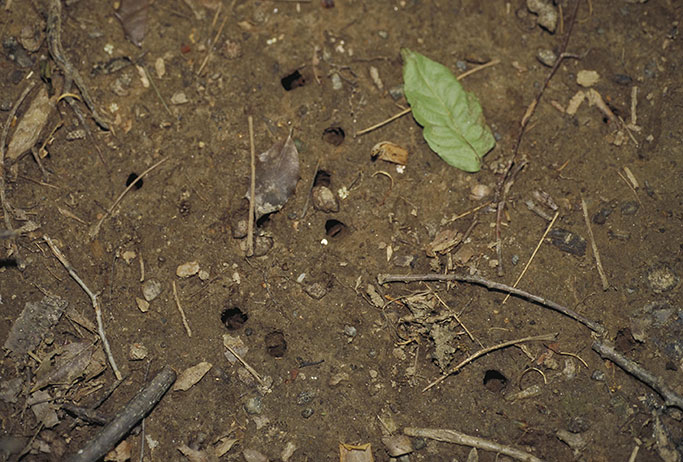
Emergence holes
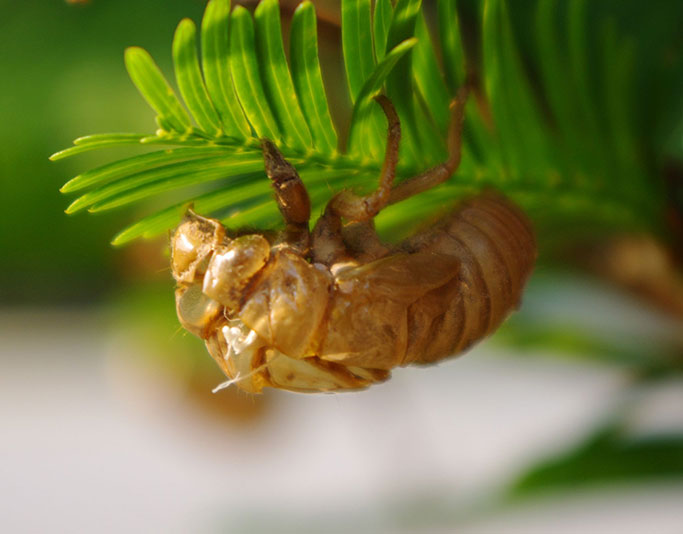
Cicada molt
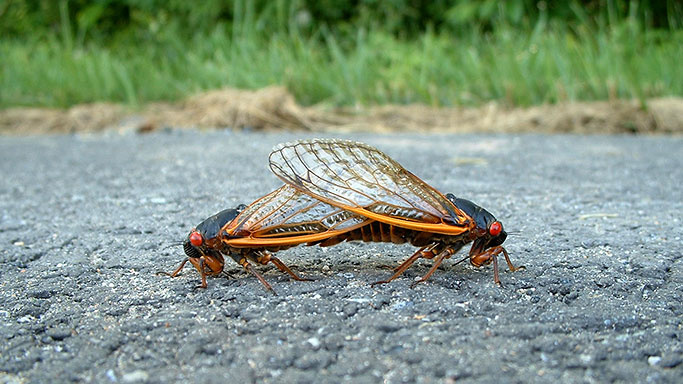
Mating Cicadas
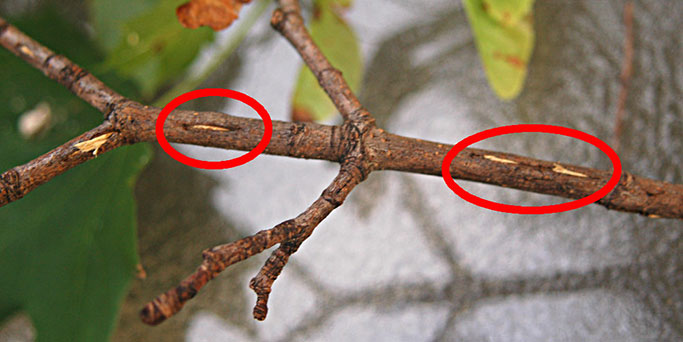
Egg laying scars on a twig
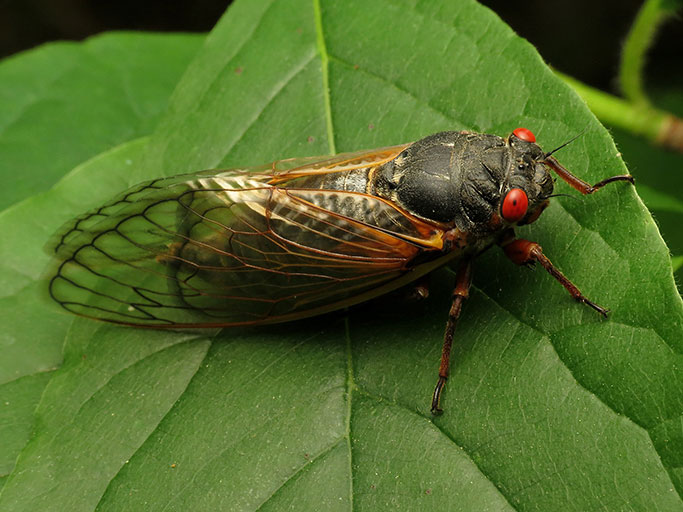
New adult Cicada
The red-eyed creatures may look intimidating but are harmless to pets and humans. Some areas with large pockets of these insects may see broken branches from younger, fragile trees or plants due to the sheer numbers of Cicadas. Not to be alarmed though, Cicadas cause minimal damage. Spending all but 4-5 weeks of their lives underground, they move through the soil and naturally help aerate it. After they arise from their chambers and molt, they have but one goal: to mate. That deafening sound is the call of the male Cicada. Once mated the female has a razor-sharp appendage to cut a V shaped slice into branches where she will deposit her fertilized eggs. The eggs take about a month to hatch into nymphs and fall from the tree to burrow and start the next 17-year cycle.
Ok, so maybe not so sinister or evil, but intriguing instead. Let us try to appreciate them for their short visit and loud noises after the 17-year long journey they have been on.
Check out these links for more information:

